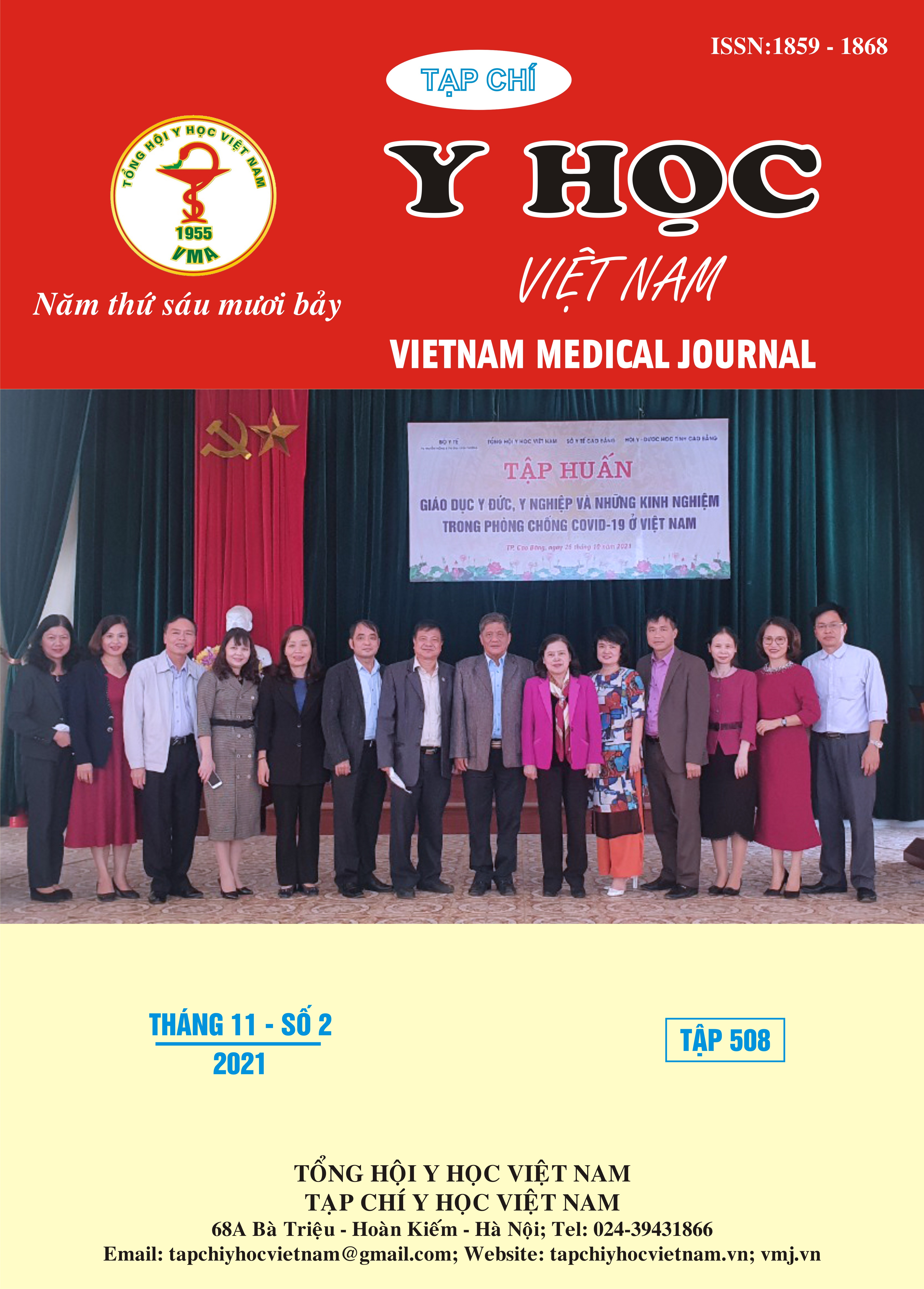TUMORS OF MIDDLE SKULL BASE AND INFRATEMPORAL FOSSA: CASE SERIES
Main Article Content
Abstract
Introduction: Middle skull base and infratemporal fossa are the most complex anatomical structure and difficult to approach. Tumors in this area are very diverse, located close to other critical neurovascular structures, therefore, surgical approach to remove tumors is always a challenge. Objective: The article review clinical symptoms, radiological images, advantages and disadvantages, outcomes of using the external approach to remove tumors of middle skull base and infratemporal fossa by using external approach at otorhinolaryngology department of Cho Ray hospital. Methods: The study is a cross sectional study to review 16 patients diagnosed with tumor of middle skull base and infratemporal fossa who were treated with external approaches. Data of the patients were collected and analyzed. Results: The study had 12 benign tumors, 4 malignant tumors. We had 14/16 patients were treated with subtemporal - preauricular approaches. 1 case was treated with transcervical approach (Sebilau Carrega). 1 case was treated with transoral transpalatal approach. There was no morbidity and complications were recorded during perioperative stages. Conclusion: The subtemporal preauricular approaches is a gold standard approach to remove the tumor of middle skull base and infratemporal fossa. Combining with other approaches depends on the nature, location and size of the tumor.
Article Details
References
2. Amed Youssef; Ricardo l. Carrau; Leo ditzel Filho (2015) Endoscopic versus open approach to the Infratemporal fossa: A cadaver study. Neurol Sur 8; 76: 358-364
3. Anand K;.Devaiah; David R; Todd Hoagland (2013) Evaluating Endoscopic and Endoscopic – Assisted access to the Infratemporal Fossa: A novel method foe assessement and comparison of approach The Laryngoscope 123 July; 1575-1581
4. Drew P.Plonk; J. Dale Browne (2013) The subtemporal preauricular infratemporal fossa approach Operative techniques in Otolaryngology. Elsevier 24, 235-239
5. Hitotsumatsu T; Rhoton AL (2000) Unilateral upper and lower subtotal maxillectomy approaches to the cranial base: Microsurgical anatomy. Neurosurgery; 46(6): 1416-1452; disscussion1452-1453
6. Paul J Donald Lippincott (1998) Surgery of the Skull base – Raven Publishers (30-327p)
7. Janecka JP (1995). Classification of facial translocation approach to the skull base. Otolaryngol head neck Surg; 112(4): 579-585
8. Sekhar LN, Schramm VI (1987): Subtemporal -preauricular infratemporal approach to large and posterior cranial base neoplasms Neurosurg 1987;67(4):488-499
9. M. Portmann; Anthony Richards; Jean Marc Sterkers (1994): Rhino-Otological Microsurgery of the Skull base (152-187p). Churchill Livingstone
10. Guerrier Y. (1985) La fosse infra-temporal et la fosse pterygo-palatine Cahier d’ORLde chir cervicofacial 20:655-663
11. Obwegeser HL (1985) Temporal approach to the TMJ, the orbit and the retromaxillary-infracranial region.Head and neck Surg; 7(3) 185-199.
12. Fish U. (1978) Infratemporal fossa approach to tumor of the temporal bone and base of the skull. J Laryngol Otol.


